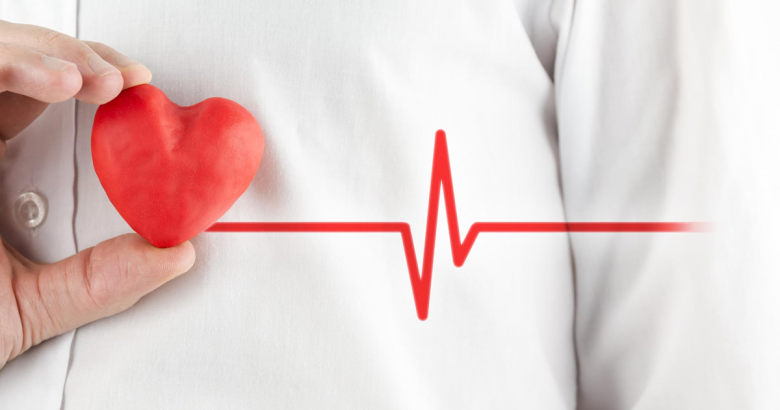Heart attacks – how much do you really know about them?
Heart attacks – description and causes
A heart attack or myocardial infarction occurs when the heart does not get enough oxygen-rich blood. The heart is mainly a muscle, and as any muscle in the human body, it needs oxygen to function properly. The lack of blood supply containing oxygen causes the muscle to deteriorate and die.
The heart requires a constant supply of blood which is provided by the coronary arteries. In coronary artery disease, the arteries become narrow and blood cannot flow as well as it should, to keep with your heart’s demand. When the heart muscles become deprived of oxygen, the heart muscle cells will die, causing permanent damage. In other words a heart attack will occur.
Coronary artery spasms are also responsible for heart attacks. A coronary spasm is when the coronary artery spasms on and off or restrict, cutting off the blood supply to the heart muscle.
Detecting a heart attack
Heart attacks have very distinct symptoms and can be easily identified if the person is aware of the symptomatology:
- Discomfort or pain in the chest area, described as heaviness or tightness
- Discomfort in in the arms, shoulders, neck, jaw or back
- Shortness of breath
- Lightheadedness
- Nausea
- Cold sweat
- A general state of unwell
These symptoms can appear suddenly and increase or get worse in a matter of minutes
Awareness is vital in detecting, treating and preventing heart attacks.
It is estimated that heart disease kills four times more Australian women, than breast cancer.
Overall, every year around 36000 men and 19000 women suffer at least one heart attack and death rates caused by those heart attacks are currently 4700 for men and 4500 for women. Lack of awareness has a strong role in those numbers, reportedly women being less likely to present non chest pain symptoms, therefore making it easier to ignore a possible heart attack. That is why, even though the male population suffers more heart attacks that the female one, almost double to be precise, the death rates from heart attacks are almost equal which is very concerning.
Also women are said to be less likely to survive a heart attack, compared to men.
There is a long list of risk factors for heart attack at which both men and women are exposed to.
Risk factors include smoking, diabetes, hypertension, ageing, sedentary lifestyle, obesity, unhealthy diets that contain a lot of sugars and saturated fats.
Treatment and prevention
Early treatment for a heart attack will, in most cases prevent permanent heart damage and other complications. When symptoms of a heart attack start to manifest, it is essential to get first aid from medical professionals, so it is important to call the paramedics. Medical specialists will be able to identify the issue and offer immediate assistance to prevent other complications and even a possible cardiac arrest which may end up in the ailing person’s death.
After a heart attack has been diagnosed, medical treatment is prescribed and will include aspirin, oxygen therapy, nitroglycerin and pain medication. A mid to long term clot busting medication will also be recommended as well as a percutaneous coronary intervention to open blocked coronary arteries.
Other treatments might include: statin medicine, anticoagulants, anticlotting medicine, beta blockers and ACE inhibitors (they lower blood pressure)
Cardiac rehabilitation can also be recommended after a heart attack and it usually involves a set of physical exercises, carefully planned by specialists which help strengthen the muscles, improve breathing and stamina.
One of the best ways of preventing heart attacks is having a healthy and active lifestyle. Eating lots of fresh fruit and vegetables and avoiding carbs, sugars and unhealthy fats will maintain a healthy body weight, normal levels of blood sugars and keep you active the whole day.
Doing sports and regular physical exercises will improve breathing, stamina and your overall wellbeing, keeping the risk of having a heart attack to a minimum.

